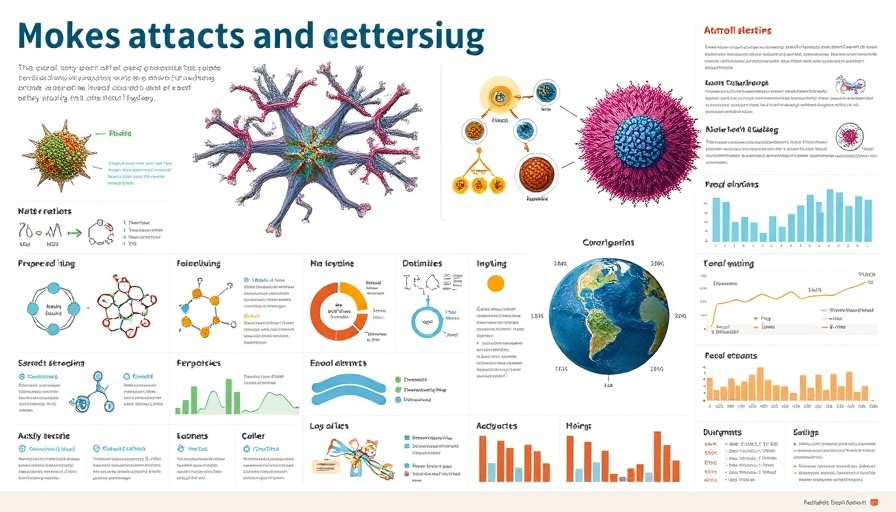
The Incredible Power of Microbes in Climate Solutions
Microbes, often overlooked in discussions about advanced technology and climate change, are stepping into the spotlight with remarkable capabilities. Recent research from Cornell University reveals that Gluconobacter oxydans (G. oxydans), a type of bacteria, can not only extract rare earth elements used in high-tech applications but also capture carbon dioxide from the atmosphere. This dual function opens new doors for sustainable practices in both mining and environmental conservation.
Unlocking Mining Efficiency with Biology
Mining has historically been associated with environmental degradation. Traditional methods often lead to habitat destruction and water contamination. However, Barstow and Gazel's team has been working to change that narrative. By bioengineering G. oxydans, they have enhanced its ability to leach metals from rocks. Their breakthrough has resulted in a staggering 73% increase in the extraction of rare earth elements, successfully combining metal recovery with environmental stewardship.
Microbial Superpowers: A Natural Solution for Carbon Capture
At the heart of this research is a natural chemical process where metals like magnesium and calcium react with carbon dioxide to form stable minerals. By leveraging the power of G. oxydans, researchers aim not just to recover valuable resources but also to contribute to climate change mitigation. This approach not only helps sequester carbon but also enhances the overall sustainability of mining activities, providing a comprehensive solution to dual environmental crises.
Global Implications: Reducing Dependence on Foreign Resources
The U.S. currently relies heavily on foreign sources for rare earth elements, leading to vulnerabilities in supply chains. With the advancements made in biologically-driven extraction methods, there's hope for more domestic production. This not only secures access to crucial materials for technologies like solar panels and smartphones but also aligns with national efforts toward energy independence and sustainable development.
Embracing the Future: What This Means for Technology and Ethics
This discovery raises essential questions about the role of biotechnology in our future. If successful, these microbial techniques could revolutionize how we approach not just resource extraction but also environmental repair. However, as we advance, we must also think critically about the ethical implications of manipulating biological systems and their potential unintended consequences.
Final Thoughts: The Path Ahead
The synergy between biology and technology exemplified by Gluconobacter oxydans demonstrates that solutions to some of today's pressing challenges might reside in the tiniest of organisms. As we continue to explore innovative ways to harness this power, collaboration across scientific disciplines will become increasingly vital. The future of sustainable living depends on our ability to adapt and embrace new possibilities—starting with the microbes right under our feet.
 Add Row
Add Row  Add
Add 




Write A Comment